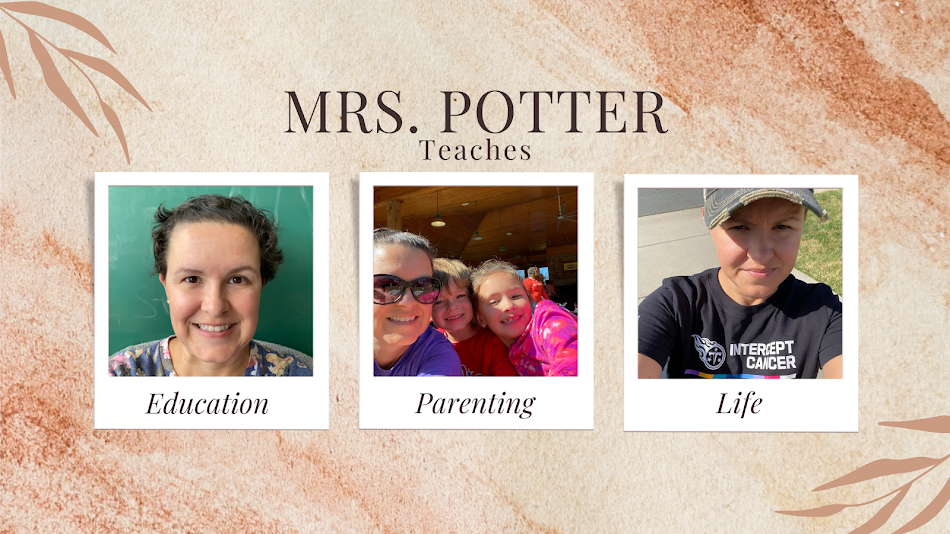click on image to go to Amazon.com
In light of everything that has been going on in the country lately, our assistant principal decided to host a book study using this book. Our school is made up about 49% Black students, 49% Latino students, and the other 2% a mixture of white and Asian.
My one big takeaway from this book.... RELATIONSHIPS MATTER!!
Robert Jackson speaks about his own experiences growing up as a Black boy and the struggles that he faced. He also became an educator and shares his experiences in dealing with Black and Latino students, especially the boys.
Here are some quotes from the book the resonated with me:
- "When educators take one look at some young men of color, they judge them based on the fact that they look like what they perceive offenders look like."
- "Appearance alone should not result in a young man being labeled 'not teachable'."
- "Your stereotypes and biases can be dream killers. If you choose to be open and accepting, you can become a dream restorer."
- "There is no perfect educator out there. Everyone has flaws. Having empathy will give you what it takes to turn any student around."
- "When you feel sorry for your students, your expectations of them are lowered."
- "You cannot teach those who you can't reach."
- "Educators lose opportunities for their students to see their human side when they walk around acting as though they don't make mistakes."
While I feel that one of my strengths as an educator is my relationship with my students, I always feel I have room to grow. This book allowed me to open my eyes to perspective of my Black and Latino students. They may act like they don't care, they may have days where they want to have their hood up all day, but as educators rather than focusing on the negative, we need to try to get to know them and understand why they feel this way or why acting a certain way, because 99% of the time there is something else going on in their life that we probably don't know about.
My first year of teaching in 2010, I had a Latino student who I struggled with all year. Just recently, he found me on social media and sent me a message just to say hi and let me know that he graduated from high school this year. Relationships matter. I never gave up on him and the fact that he reached out to me 10 years later means that he knows I cared.
If you teach Black or Latino students this is a quick, easy read that will have a lot of impact on your thoughts as an educator and how you can better serve these students.
One last quote from the book that really stuck with me...
"To educate the mind, you must first capture the heart."









